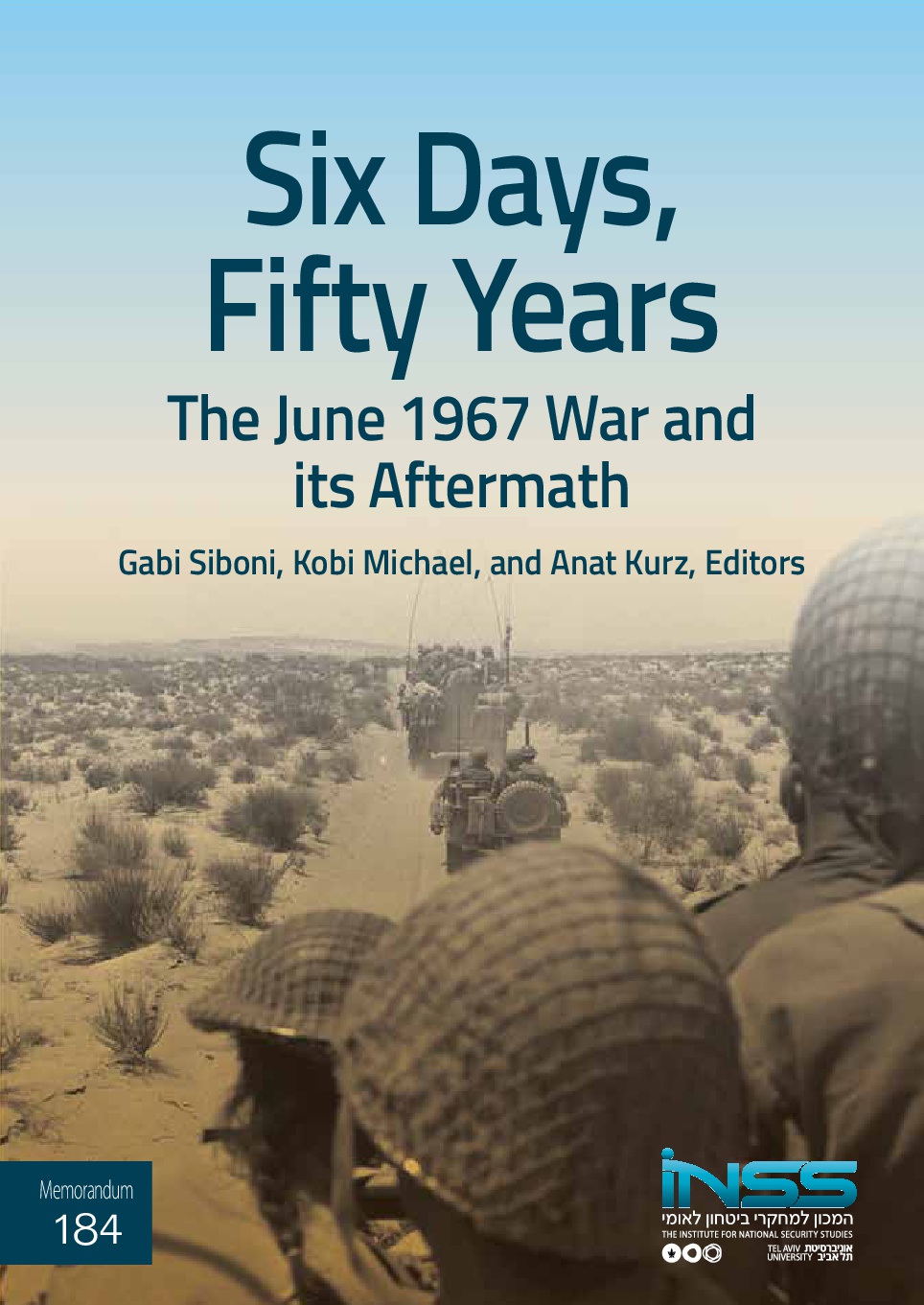Publications
Tel Aviv: The Institute for National Security Studies, 2018

More than just another war, the Six Day War was a major turning point in Israeli history. This essay does not discuss the war’s significance or its particular implications, such as the internal debate in Israel over the political, ideological, and strategic importance of the territories, alternative models of a negotiated settlement with the Palestinians, or the ideological activism that developed within the religious Zionist movement after 1967. Rather, it will look at a number of turning points that occurred in the military-strategic domain following the war and the differences in circumstances between 1967 and today.
The first part of the essay presents three turning points generated by the Six Day War: the beginning of the era of firepower, which subsequently became increasingly dominant and had implications for the relative weights of defense and offense and the prospects for battlefield decision; the negative impact of the spectacular success on the battlefield, the euphoria, and the subsequent complacency on Israeli military thought; and the first Arab-Israeli war conducted under the nuclear shadow. The second part of the essay discusses some of the differences between1967 and today, which have led to military-strategic challenges that likely did not even occur to anyone in 1967. The first is derived from the change in non-state actors, and in particular, the introduction of hybrid actors. The second arises from post-modern reality and constraints, among them: post heroic warfare, with its two main rules of avoiding casualties to one’s own troops, and avoiding the killing of enemy civilians; cyber warfare, which at the moment exists alongside conventional warfare but has revolutionary potential; strategic thinking that has abandoned the imperative to achieve battlefield decision via physical means and instead emphasizes the image of decision; and the gradual transformation of the IDF from the modern army of 1967 to a post-modern army.


